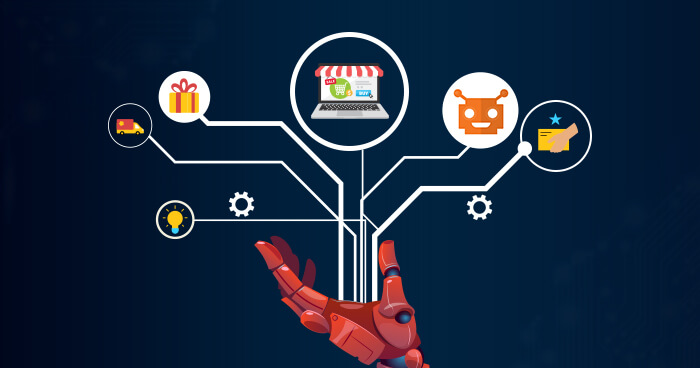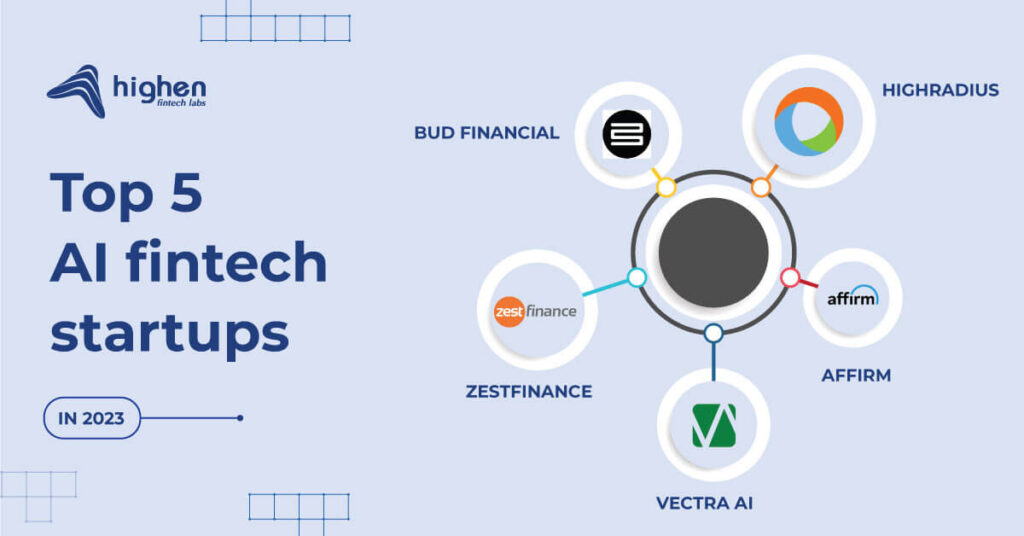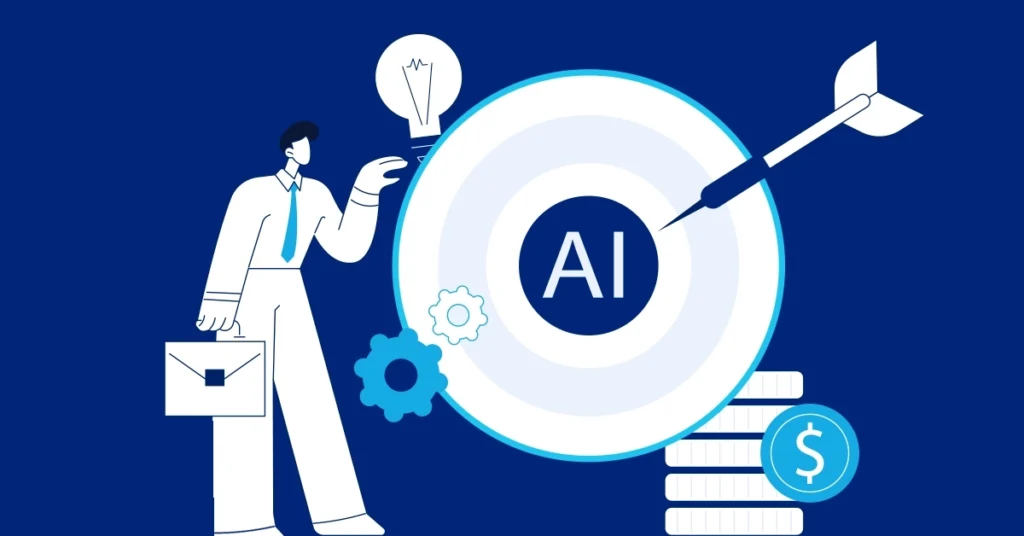Artificial intelligence is no longer a futuristic buzzword—it’s the engine behind some of the world’s most successful startups. From automating customer service to transforming content creation, AI is helping entrepreneurs launch scalable, data-driven businesses faster than ever.
In this startup spotlight, we explore seven AI-driven business models that work in 2025, highlighting how real startups are building sustainable revenue using artificial intelligence at their core.
Introduction to AI-Driven Startups in 2025
Startups in 2025 are redefining what’s possible thanks to AI. With tools like GPT-4, computer vision, and AutoML, founders can now automate tasks, serve millions of users, and personalize experiences at scale—all with fewer resources.
The key? It’s not just using AI—it’s designing the business model around it.
Why AI Business Models Are Disrupting the Status Quo
AI-powered startups are:
- Lowering operational costs by replacing manual labor with automation
- Delivering faster services with real-time data and smart decisions
- Creating personalized user experiences that drive loyalty and conversions
- Scalable from day one with cloud infrastructure and AI APIs
Let’s explore the models that are winning in today’s landscape.
Model 1: AI-as-a-Service (AIaaS)
What it is:
Offering access to powerful AI tools through a subscription or API model.
Examples:
- OpenAI (ChatGPT, Codex API)
- AssemblyAI (speech-to-text API)
- Hugging Face Inference Endpoints
Why it works:
- Low barrier to entry for users
- Recurring revenue for the startup
- Leverages existing infrastructure (cloud platforms, pretrained models)
Startups using this model:
- Krisp.ai – AI noise-canceling as a plug-and-play service
- Veed.io – AI-powered video editing in the browser
Model 2: AI-First Marketplaces
What it is:
Marketplaces that use AI to match supply and demand more intelligently.
Examples:
- Turing – Matches developers with jobs using AI
- Artera – Healthcare marketplace using AI to route patients to the right provider
Why it works:
- Solves inefficiencies in traditional platforms
- Learns user preferences over time
- Automates onboarding, matching, and verification
Startups using this model:
- Lusha – B2B data marketplace with AI filtering
- Legal.io – AI-assisted legal talent matching
Model 3: AI for Content Generation
What it is:
Using generative AI (text, image, video) to create content at scale.
Examples:
- Jasper – Marketing copy powered by GPT
- Runway ML – AI video editing and generation
- Synthesia – AI avatars for business presentations
Why it works:
- Solves a huge pain point (content creation)
- Freemium to SaaS upgrade path
- Strong viral and social share potential
Model 4: Personalized AI Assistants
What it is:
Niche AI agents trained for verticals like law, finance, or education.
Examples:
- DoNotPay – The “robot lawyer” for consumer rights
- Fin AI – Personal finance management chatbot
Why it works:
- High value for users
- Can charge per interaction, subscription, or performance
- Leverages user data to improve over time
Model 5: AI-Powered SaaS Platforms
What it is:
Traditional SaaS platforms enhanced with AI decision-making, automation, or analytics.
Examples:
- Copy.ai – Writing assistant inside a SaaS dashboard
- People.ai – AI revenue intelligence for sales teams
Why it works:
- Improves efficiency and insights for clients
- AI features create product lock-in
- Suitable for B2B subscription revenue
Model 6: AI in Vertical Automation (Industry-Specific)
What it is:
AI tools built for a specific industry problem (real estate, logistics, health).
Examples:
- Zebra Medical – AI radiology scans
- PathAI – Disease detection in pathology images
Why it works:
- Deep domain knowledge = competitive moat
- Faster adoption in regulated industries
- High margins from B2B licensing
Model 7: Agent-Based Autonomous Startups
What it is:
Startups built entirely around autonomous AI agents—GPT bots that handle full tasks without human involvement.
Examples:
- Cognosys AI – Custom agents that perform email triage, booking, and reports
- AutoGPT-based micro-SaaS tools – Handling support, coding, or documentation tasks
Why it works:
- Extremely low overhead
- Scale limited only by cloud compute
- Potential to serve niche markets automatically
Startup Case Studies
| Startup | Model Type | Result |
|---|---|---|
| Jasper AI | Content Generation | $125M raised; 100,000+ users |
| DoNotPay | Personalized Assistant | Handled over 2 million legal queries |
| Copy.ai | AI-Powered SaaS | Scaled to 10,000+ businesses in 18 months |
| Synthesia | Content Generation | Used by Google, Amazon, and BBC |
| Artera | AI Marketplace | Improved patient matching by 4x |
Key Success Factors for AI Business Models
- Access to High-Quality Data
- Speed to Market with MVPs
- A Strong UX Layer over Complex Tech
- Ethical Use of AI with Transparency
- Iterative Learning Based on User Feedback
Challenges AI Startups Must Navigate
- ⚖️ Regulatory Uncertainty (GDPR, AI Act, HIPAA)
- 🧠 AI Hallucinations or Inaccuracy
- 🤖 Overdependence on APIs from larger AI providers
- 🔐 User Data Privacy and Security
Tip: Startups can mitigate risk by incorporating human-in-the-loop design, bias testing, and clear AI disclosures.
Tools and Platforms Powering These Models
| Tool | Use Case |
|---|---|
| OpenAI GPT-4 | Text, chat, and code generation |
| Google Vertex AI | Model training, deployment |
| LangChain | Multi-agent and retrieval-based systems |
| Hugging Face Hub | Pretrained models for vision, text |
| Pinecone | Vector search and embeddings |
Conclusion
The startup playbook is evolving—and AI is writing the next chapter. The most successful founders in 2025 aren’t just using AI tools; they’re baking AI into their business models from day one. From SaaS and services to content and marketplaces, AI enables lean, scalable, and innovative businesses that punch well above their weight.
If you’re planning to build or invest in the next big thing, remember: AI isn’t just the technology—it’s the strategy.


